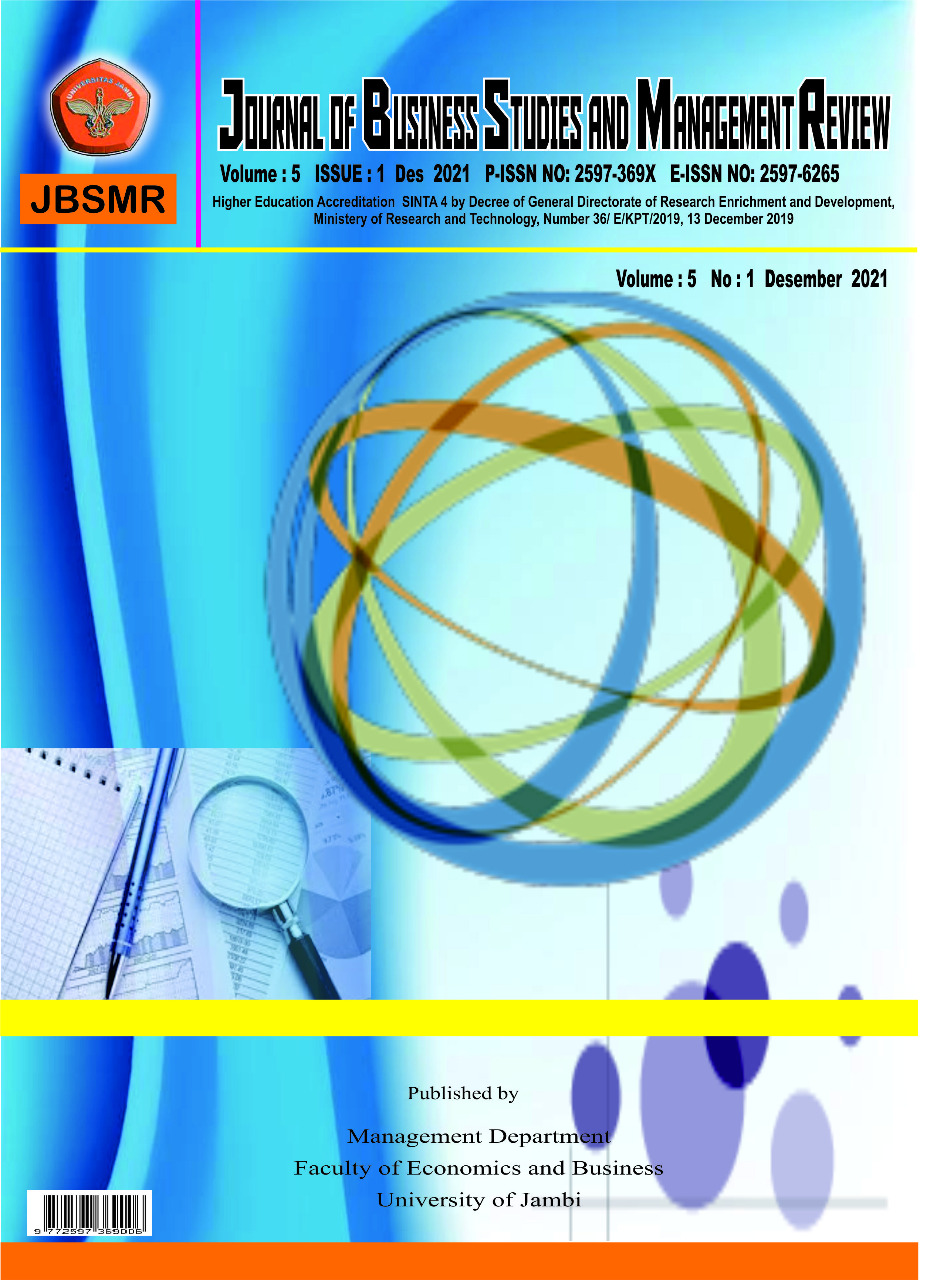A FEASIBILITY STUDY OF SITE SELECTION USING GE-MATRIX MAPPING WITH MARKET ATTRACTIVENESS PARAMETERS AND FINANCIAL PROJECTION PARAMETERS IN SMALL AND MEDIUM ENTERPRISES
DOI:
https://doi.org/10.22437/jbsmr.v5i1.14917Keywords:
Feasibility Study, Site location, Market Attractiveness, Financial Projection, GE-Matrix MappingAbstract
Opening a new business network is a complicated matter, because it can affect the sustainability of the busi-ness. This is a fairly large investment decision, because in addition to being able to increase market share and grow a business, opening a business network also has a risk of failure. It depends on the ability of man-agement to see the location potential, market potential, market competition and management ability to con-duct business feasibility analysis. Therefore, a feasibility study of site selection is needed in determining business locations from alternative locations. The research method used is a case study with a qualitative ap-proach to the research object, GE-Matrix was chosen to be a tool in decision making with parameters that have been modified using market attractiveness parameters and financial projection parameters. Feasibility studies of site selection are conducted on location aspects, market potential aspects and territory aspects, competition aspects, risk aspects, and financial projections such as: BEP, Payback Period, and Profitability Index. The study was conducted at one of the SME’s in Bandung. Furthermore, the results of the feasibility study using GE-Matrix mapping obtained is positive recommendations with a high score, the business loca-tion chosen is eligible to be opened.
Downloads
Downloads
Published
How to Cite
Issue
Section
License
Copyright (c) 2021 Muhammad Iqbal Alamsyah

This work is licensed under a Creative Commons Attribution 4.0 International License.

This work is licensed under a Creative Commons Attribution 4.0 International License.





.png)




